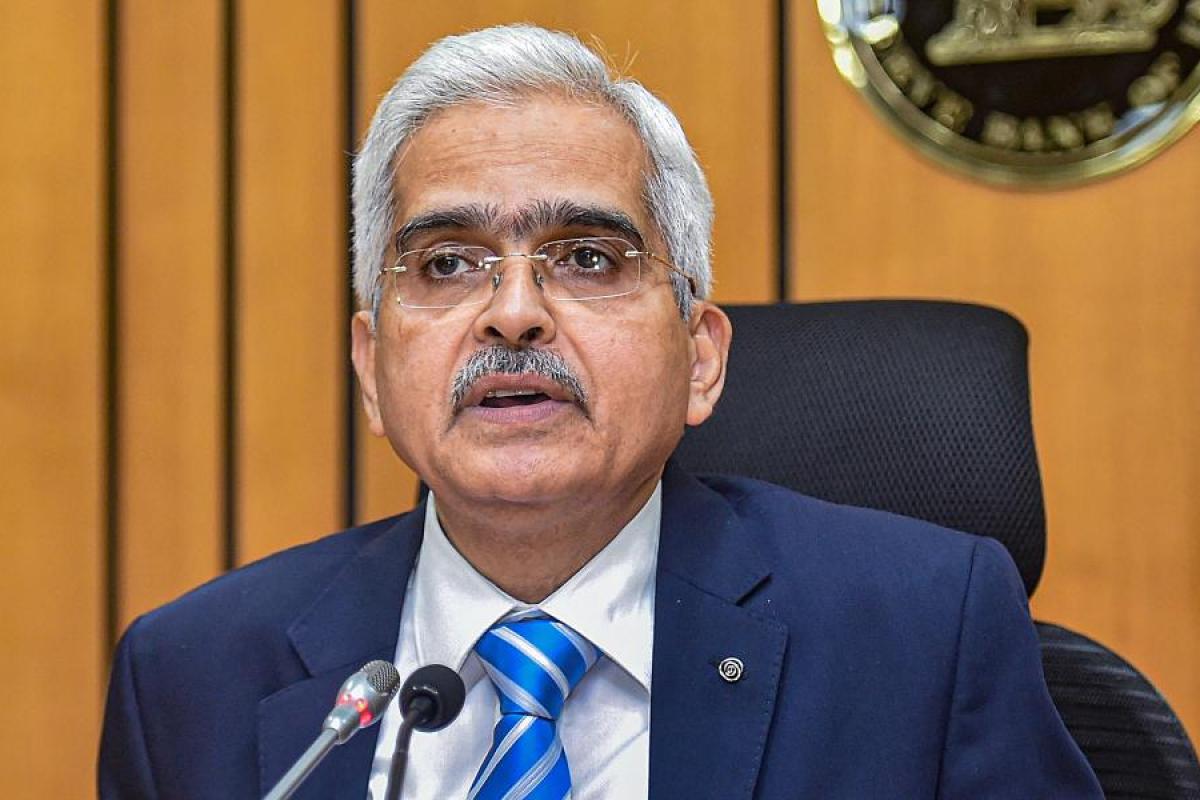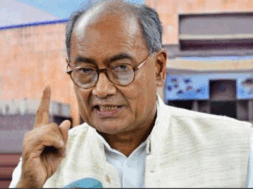
Mumbai: The Reserve Bank of India (RBI) on Friday kept its policy repo rate unchanged at 4 percent and reverse repo rate at 3.35 percent, and promised an accommodative stance as long as required to revive growth and help the country come out of the pandemic-induced financial stress.
In a virtual media interaction, RBI Governor Shaktikanta Das said the central bank will restore the cash-reserve ratio (CRR) to its normal levels in two phases, 3.5 percent (from 3 percent now) effective March 27, and then at 4 percent from May.
This means that banks will again have to set aside money with the central bank. The special relaxation of 100 basis points was made to tide over the COVID-19 induced stress situation in 2020.
He also assured about comfortable liquidity but disclosed no concrete measures, contrary to expectations in some sections of the market that an open market operations (OMO) calendar could spell out how much of bonds the central bank would buy from the secondary market to accommodate the borrowing program.
Das said the gross domestic product (GDP) is expected to rise 10.5 percent in 2021-22. Inflation should be at 5.2 percent for the current quarter and 5.2-5 percent for the first half of the next fiscal (FY22). This would be within the limit of the RBI’s policy mandate of keeping the consumer price index (CPI) inflation within the 2-6 percent band.
Retail investors can now open gilt accounts with the RBI and trade in government bonds. Retail investors can take positions both in primary and secondary markets. This is being seen as a major reform with huge ramifications for India’s bond market and the saving habits of the people.
This may become a game-changer for retail participation in the bond market. Past efforts failed to bring retail investors to take positions in the government debt papers. They could do it via banks, and mutual funds, or through various indices.
However, according to experts, if the gilt accounts are opened with the RBI and positions are taken directly in the market, retail investors will flock to the route, something that bond market experts have been suggesting for a long time.
This will not only help the government borrow Rs 12 trillion easily, as the investor base expands hugely, it will also channelize retail investors’ money to fixed income guaranteed by the sovereign and facilitated by the RBI and expand the savings base in the country, according to media reports.
The fixed deposit products of banks, however, could be affected as people can directly invest their money in government securities that offer similar or better returns sometimes.
The details of the scheme are yet to be announced.
(VP)













